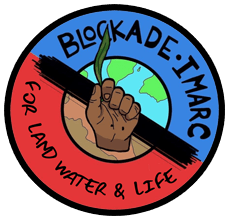WHAT IS EXTRACTIVISM?
Extractivism exploits natural resources on a massive scale. It is a short-sighted model of development. Pushed by states, institutions and corporations around the globe is the massive appropriation of extracted natural resources. With it comes violence that tramples human rights and the rights of nature:
“… this is not the result of one type of extraction but instead is a necessary condition to engage in the appropriation of natural resources.”
– Eduardo Gudynas Latin American Center of Social Ecology, Uruguay
There is not good extractivism or bad extractivism. It is what it is – a bunch of activities to massively extract primary resources for export. It is interconnected with and embedded in within a neo-liberal and capitalism system. Extractivism is essentially predatory, like capitalism.
Types of extractivism include:
- coal and oil extraction
- mineral and metal mining
- hydraulic fracturing for unconventional gas
- infrastructure including roads, pipelines and storage facilities
- logging
- large-scale single-crop or cash-crop plantations
- agribusiness, hydroelectric dams
- commercial water bottling operations
- corporate and profit-driven renewable energy and climate mitigation projects
Such development aggression is carried out at the expense of rights of Indigenous Peoples and local communities.
Extractivist developments create significant economic profits for the powerful few for the short term, leaving minimal to no benefits for local communities whose resources have been extracted.
Extractivism contributes to converging global crises. This includes:
- climate change
- displacement and climate migrants
- human rights violations
- destruction and dispossession of Indigenous Peoples lands, waters and livelihoods
- abuse of worker rights
- child labour
- gendered violence
- air and water contamination
- toxic legacies
- deforestation
- biodiversity loss
- conflict
